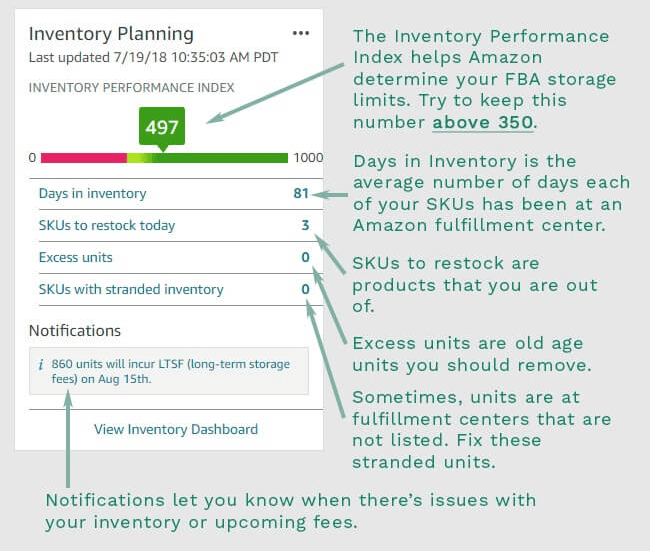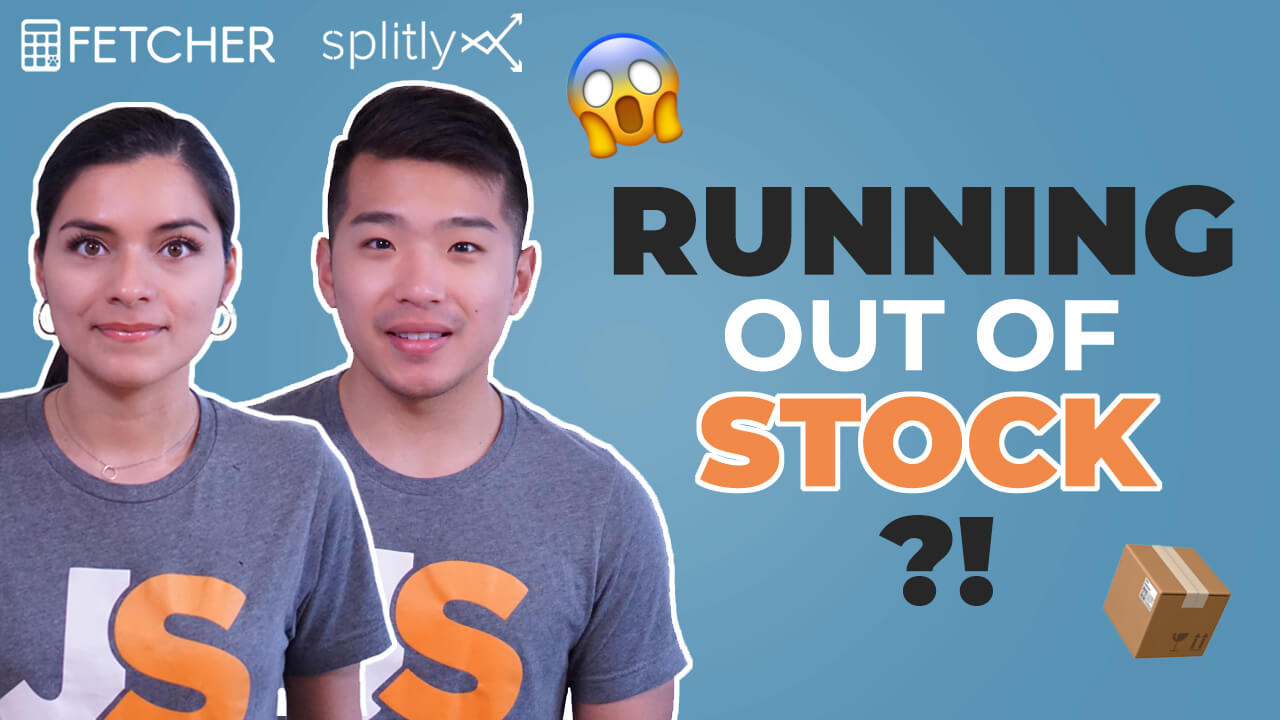In this blog post, Maria Galindo and Ervin Ong share their best tips and tricks for Amazon FBA seller success. Topics discussed include:
- Favorite inventory management tool
- When to replenish your Amazon FBA inventory
- What to do before running out of stock
- What to do if you already are out of stock
- Amazon’s Inventory Planning widget
- Missed an episode? See them all here.
We’re covering all of this today in episode 19 of Seller Strategies: Running Out of Stock. Watch the video, keep reading and don’t forget to subscribe to our YouTube channel so you never miss an episode!
Welcome to Seller Strategies!
Today, we have a very exciting topic. We’re going to talk about how to prevent running out of stock. We will also be sharing the exact strategies that we use to minimize the damage of running out of stock.
To kick things off I would like to share a little insider secret of how I keep track of my inventory.
My favorite inventory management tool
Sometimes running out of stock is unavoidable, especially if you’re managing your inventory yourself. I say that because it can be overwhelming. Because of that, I want to share with you my favorite inventory management tool called Forecast.ly. With this tool, you don’t have to do it all on your own and feel overwhelmed. Forecast.ly can do a lot of things for you, but the three main things that I love about this tool are as follows:
- Lets me know when to replenish my FBA inventory number
- Tells me how much to order
- Where my shipments are at all times
Do these 2 things before running out of stock
1. Lower your PPC spend
Lower your PPC spend gradually. The reason that you want to do this is because it’s going to help you slow down sales and to give you a couple days worth of time.
2. Close your listing
Amazon typically gives you a negative mark when you run out of stock. By closing your listing a few units before you actually run out of stock, you’re actually telling Amazon that instead of being out of stock and not being able to serve their customers, you’re voluntarily pausing your selling because something might’ve happened. That way, when you’re back in stock and you reopen your listing, it’s not going to be as hard to climb the rankings ladder because Amazon didn’t penalize you completely for running out of stock.
When do I start to lower my PPC spend? When do I close my listing?
To determine this I use my daily sales as an indicator. If you have Jungle Scout, you can find this number (and stock-related data) very quickly using its Sales Analytics and Inventory Manager features.
As a general rule of thumb, you should aim for one to two days worth of stock before you close your listing. You want to create this buffer so that you’re not completely out of stock and you can still send replenishment orders from your inventory to customers in case they received damaged goods and need a replacement.
What if I already ran out of stock, what then?
1. Take a portion of your incoming inventory and air freight it
Let’s say you have 1,000 units about to leave your supplier’s location. Take a portion of that and send it via air freight. So the breakdown may something like 100 units being shipped via air freight and 900 by sea. That way, you don’t completely run out of stock or at least it buys you more time where you continue to sell and then not run out of stock for as many days.
When it comes to running out of stock, it’s very important that you don’t lose your ranking and your sales velocity from Amazon’s algorithm. That’s more important than profitability because it’s temporary. By the time you go back to where you were before with your ranking and your sales, you’ll be able to make up the profit.
Granted it is going to cost a bit more to ship via air freight, however, that small difference of airing some units just to prolong your stock goes a really long way.
2. Pump up your PPC spend
As soon as your product is back in stock at Amazon’s warehouse, you want to pump up your PPC spend. What we recommend is that you pump up your PPC spend a minimum for the first one to two weeks in order to increase your sales velocity.
One last thing…
In your Amazon Seller Central account, you’re going to see a widget titled “Inventory Planning”.

This widget is very helpful and provides you with the following metrics:
- Inventory Performance Index – Amazon’s score for how well you are managing your Amazon inventory (more on this below).
- Days in inventory – how old your stock is on average.
- SKUs to restock today – which products are currently you out of?
- Excess units – which products do you need to remove from fulfillment centers?
- SKUs with stranded inventory – which products have unsellable units stuck at fulfillment centers?
- Notifications – tips from Amazon to help you with your inventory management.
I would strongly recommend you get familiarized with this tool and to help you get a better understanding of how it works I encourage you to read this article. It’s a great resource put together by the Forecast.ly team.
Conclusion
I hope that these tips are something that you never have to use because who likes running out of stock? It’s not a good position to be in, but in case you do find yourself in this position, now you are armed with the tools to get your Amazon business back on track.
That’s it for today, however, tune in next week as we continue to share our best tips and tricks to help you succeed as an Amazon FBA seller.
Missed an episode? See them all here.

 6 Comments
6 Comments
6 comments on “Seller Strategies: Running Out of Stock”